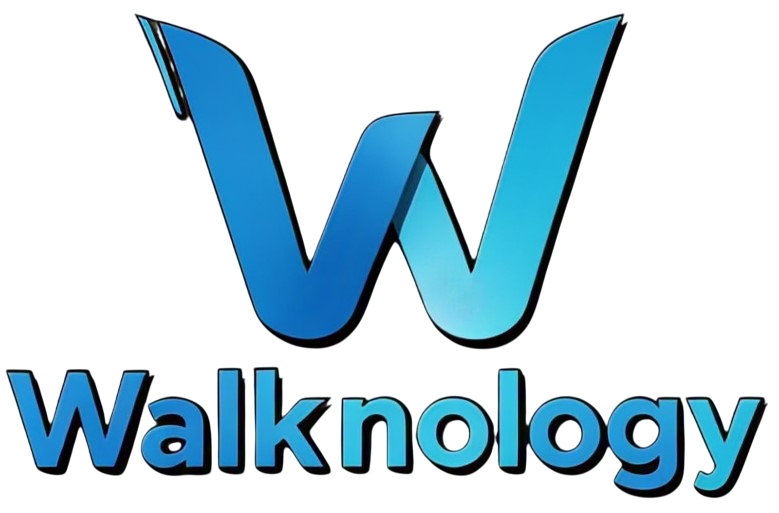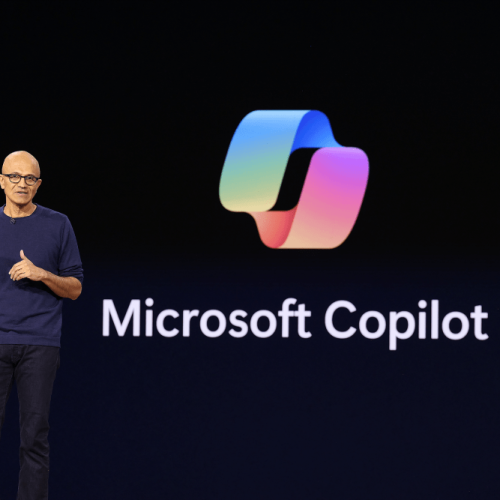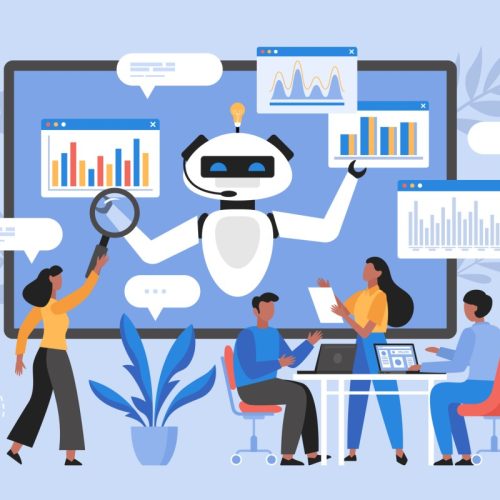Understanding the Rise of Artificial Intelligence in the Workplace
The rapid adoption of Artificial Intelligence (AI) technologies has profoundly reshaped the modern workforce. As companies increasingly leverage AI for automation, analytics, and decision-making, many traditional job roles face redundancy. Tasks once thought uniquely human—such as customer service, data analysis, and even creative endeavors—are now being executed by intelligent algorithms with unmatched speed and accuracy.
The Link Between Technological Advancement and Workforce Reduction
Historically, technological revolutions have displaced certain jobs while creating others. However, the AI revolution is distinct due to its speed and breadth. Unlike past technologies that mainly automated manual labor, AI automates cognitive tasks. This seismic shift explains the current surge in layoffs across industries such as:
-
Manufacturing: Robotics and predictive maintenance systems reduce the need for human operators.
-
Finance: AI-driven algorithms replace analysts for investment and risk management tasks.
-
Retail: Automated checkouts, chatbots, and personalized AI marketing strategies minimize the need for large customer service teams.
-
Healthcare: Diagnostic AI tools streamline tasks traditionally performed by radiologists and medical transcriptionists.
Industries Most Affected by AI-Induced Layoffs
1. Technology Sector
Ironically, tech companies themselves lead in workforce reductions. Redundant IT support, simplified software development via low-code/no-code platforms, and AI-driven cybersecurity tools have rendered several roles obsolete.
2. Customer Service
AI-powered chatbots and virtual assistants are replacing large customer support teams. Natural language processing models now handle customer queries with high efficiency, reducing human intervention.
3. Transportation and Logistics
Autonomous vehicles and route optimization algorithms diminish the need for human drivers and logistic coordinators, dramatically impacting the transport industry.
How Companies Justify AI-Related Layoffs
Corporations often cite the following reasons for layoffs triggered by AI adoption:
-
Cost Efficiency: AI solutions, after initial setup, often operate at a fraction of the cost of human labor.
-
Scalability: AI can scale operations instantly without proportional increases in workforce.
-
Error Reduction: Automated systems minimize human error, leading to improved service quality and reduced risk.
-
24/7 Availability: AI does not require breaks, sleep, or holidays, providing uninterrupted service.
The Human Cost: Social and Economic Implications
The widespread AI-driven layoffs have generated significant social consequences, including:
-
Increased Unemployment: Especially among middle-skill workers, leading to economic instability.
-
Skills Gap: Many displaced workers lack the technical skills necessary for new AI-augmented roles.
-
Mental Health Challenges: Job loss correlates strongly with stress, depression, and anxiety.
-
Societal Inequality: Automation tends to disproportionately affect lower-income and minority communities.
Preparing for the AI-Driven Future of Work
Upskilling and Reskilling
Companies and governments must invest heavily in upskilling initiatives. Areas of focus include:
-
Data Science
-
Machine Learning Engineering
-
Cybersecurity
-
AI Ethics and Policy
-
Human-AI Collaboration roles
Creating New Roles
Despite the disruption, AI also spawns entirely new categories of employment:
-
AI Trainers and Auditors
-
Human-centered AI Designers
-
AI Compliance Officers
-
Digital Transformation Consultants
Policy Measures
Governments must enact policies that cushion the workforce against massive disruption:
-
Universal Basic Income (UBI): To ensure financial stability.
-
Retraining Grants: For laid-off workers.
-
AI Impact Assessments: To evaluate the social cost before AI adoption at scale.
Forecast: What the Next Decade Holds
Experts forecast that by 2035, up to 40% of current job roles could be affected by AI technologies. However, adaptation is key. Societies that proactively embrace educational reform, foster innovation ecosystems, and prioritize human-centered AI deployment will thrive in the upcoming economic landscape.
Conclusion: Navigating the AI Revolution Responsibly
The surge in layoffs caused by artificial intelligence is not merely a phase but an indicator of a broader societal transformation. It is imperative that corporations, educational institutions, and governments collaborate closely to mitigate the risks while maximizing the potential benefits of AI. Proactive strategies will determine whether the future of work is a dystopia of mass unemployment or a renaissance of human-machine collaboration.












